The Precast Construction Market has witnessed significant evolution in recent years, driven by increasing demand for efficient and sustainable building solutions.
This market is characterized by a diversified portfolio of products including precast concrete panels, beams, and custom architectural elements, which are increasingly being favored for their strength, speed of construction, and reduced waste.
With an expanding range of applications in residential, commercial, and infrastructural projects, companies operating within this space are focusing on innovative technologies, enhancing manufacturing processes, and expanding their footprints to meet the rising demands of clients.
Competitive dynamics are shaped by the strategies companies employ to leverage their operational capabilities, address changing consumer preferences, and adapt to regulatory environments that govern construction practices.
The emphasis on green building materials and energy-efficient construction methods has further intensified competition, as stakeholders seek to differentiate themselves in an increasingly crowded marketplace.
Oldcastle Precast has established a stronghold in the Precast Construction Market, leveraging its extensive expertise and diverse product offerings. The company has a robust market presence, characterized by a wide network of manufacturing facilities and distribution centers strategically located across key regions.
This geographical advantage enables Oldcastle Precast to deliver customized solutions that cater to regional and client-specific requirements efficiently. The company is known for its strengths in manufacturing high-quality precast concrete products that meet stringent industry standards, which enhances its reputation among contractors and developers.
Furthermore, Oldcastle Precast fosters strong relationships with its clientele, ensuring timely delivery and support which positions it favorably against competitors in this rapidly changing market.
Spancrete plays a pivotal role within the Precast Construction Market, known particularly for its precast concrete solutions and innovative product lines. The company specializes in hollow core plank systems, wall panels, and other precast elements that are integral to modern construction practices.
Spancrete's key product offerings empower contractors to optimize their building processes while maintaining structural integrity and overall aesthetic appeal. The company's strengths lie not only in its advanced manufacturing techniques but also in its commitment to sustainability and energy efficiency in construction.
Additionally, Spancrete has strategically pursued mergers and acquisitions to enhance its market share and expand its product portfolio, further solidifying its presence in the arena. This strategy, combined with an ever-expanding suite of services and customer-centric approach, showcases Spancrete as a formidable competitor in the Precast Construction Market.
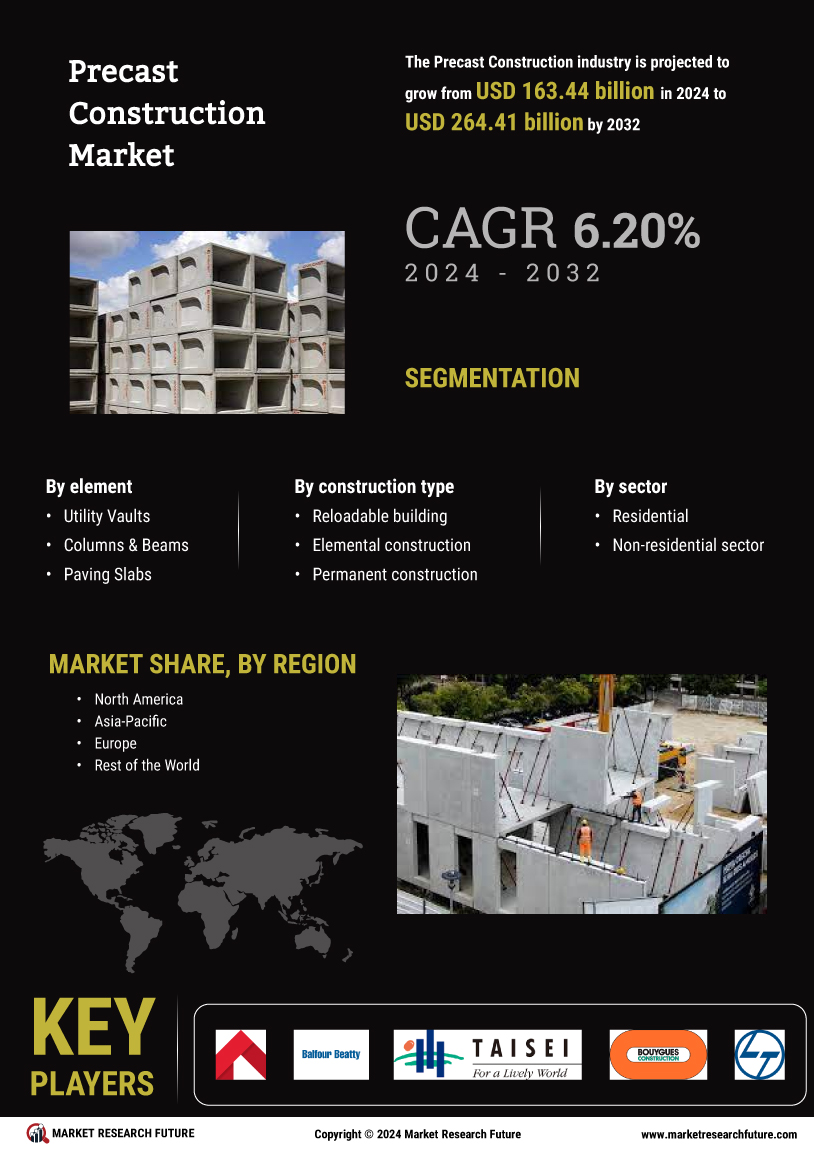

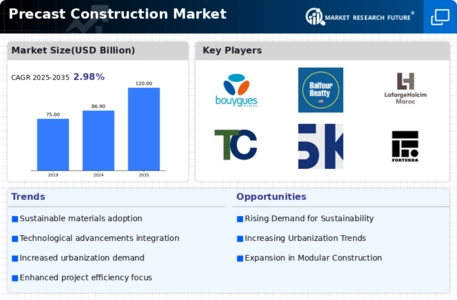
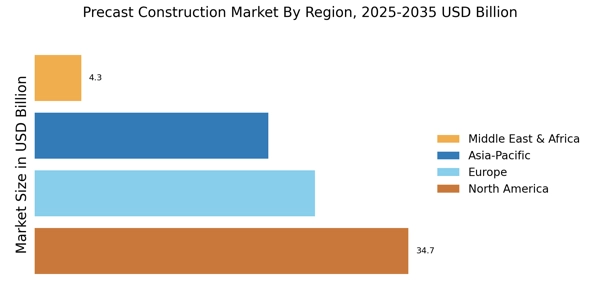
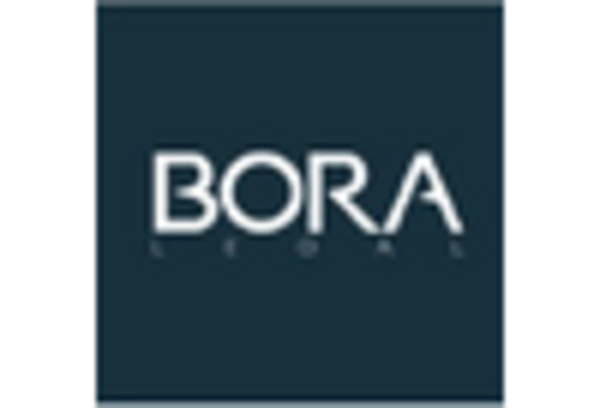

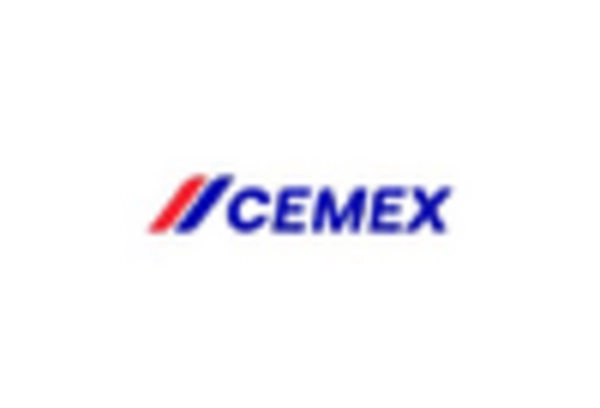

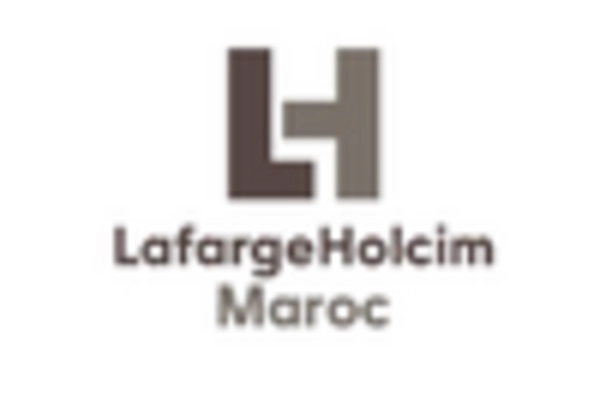









Leave a Comment